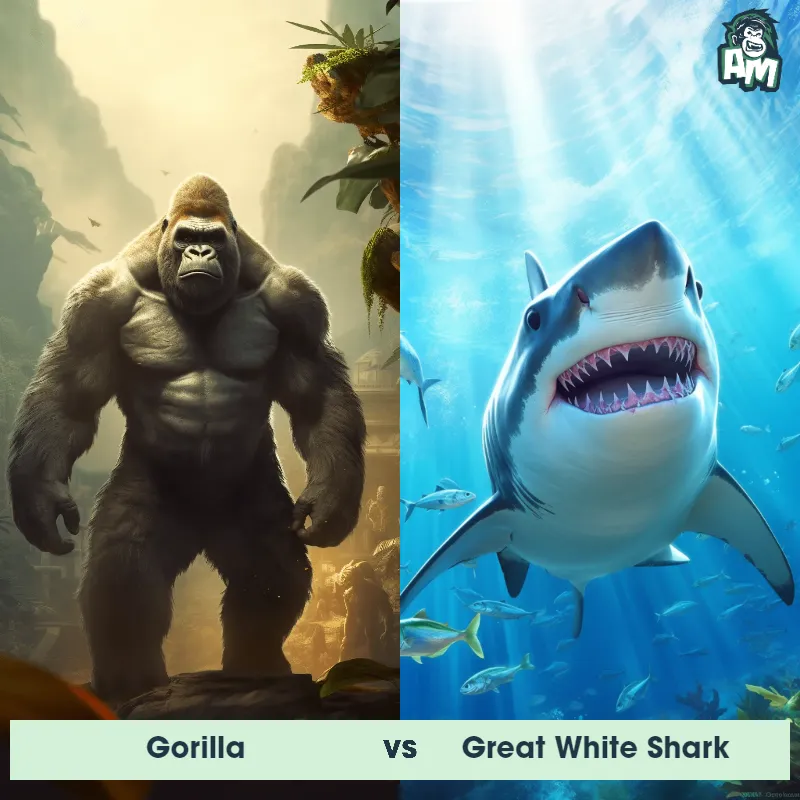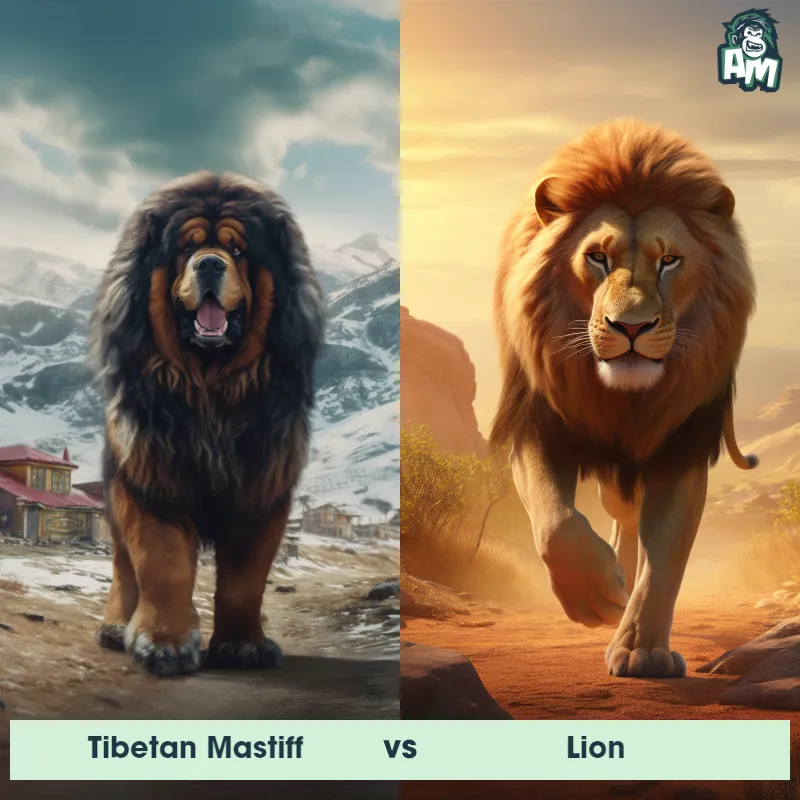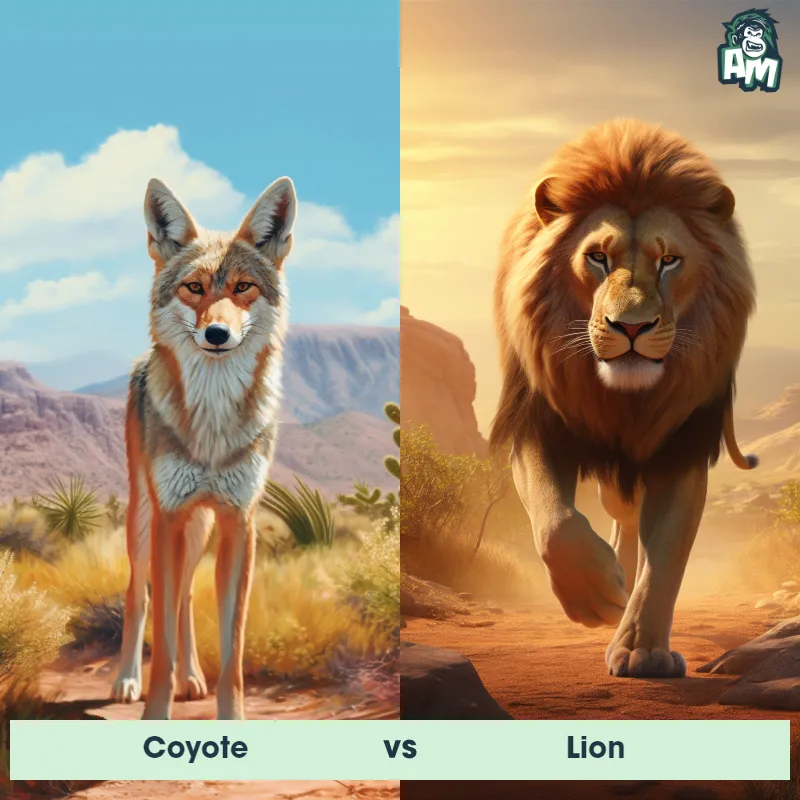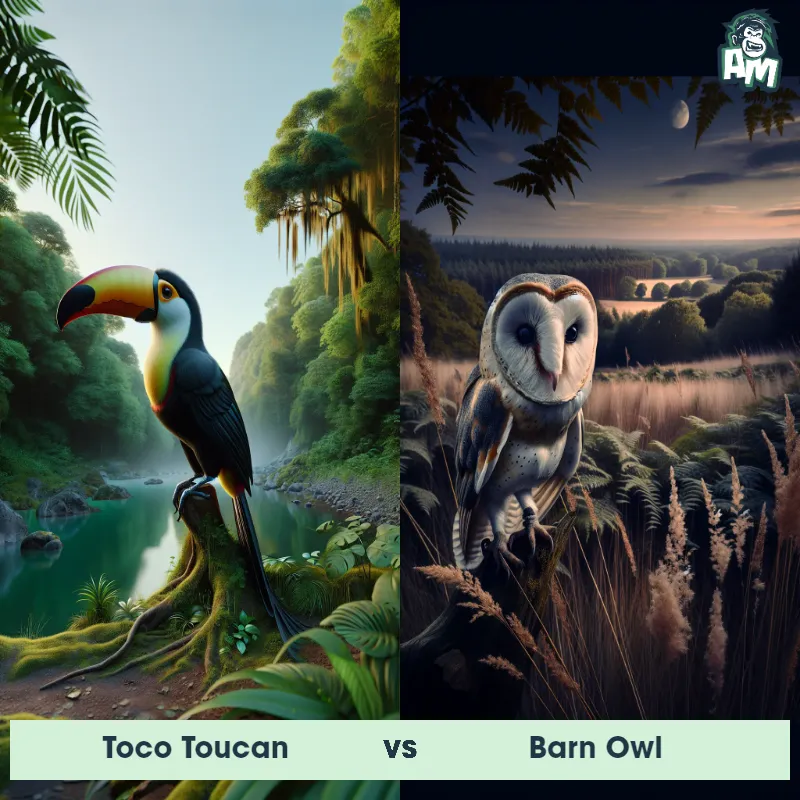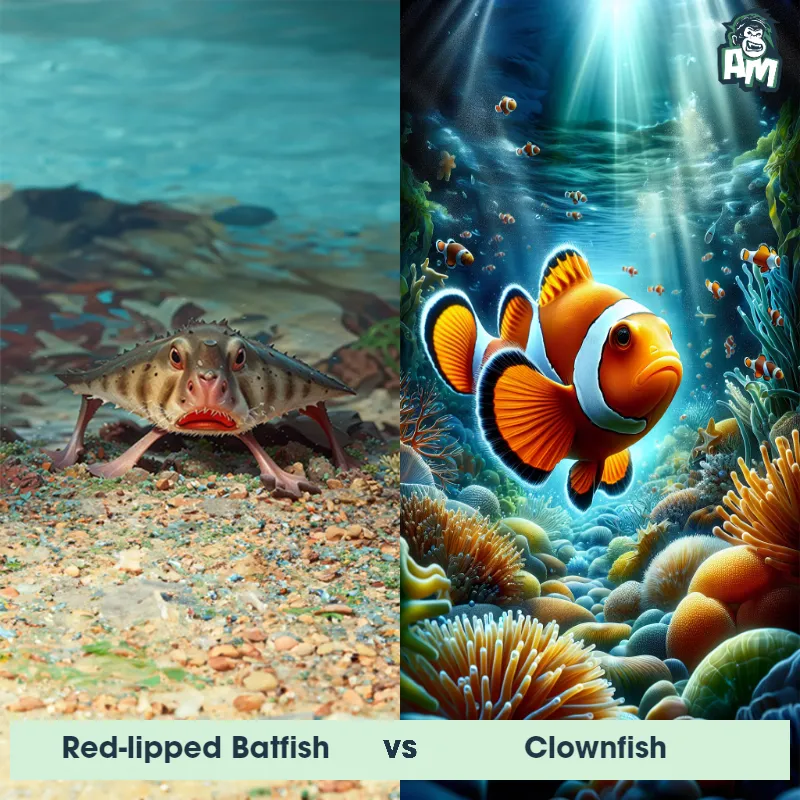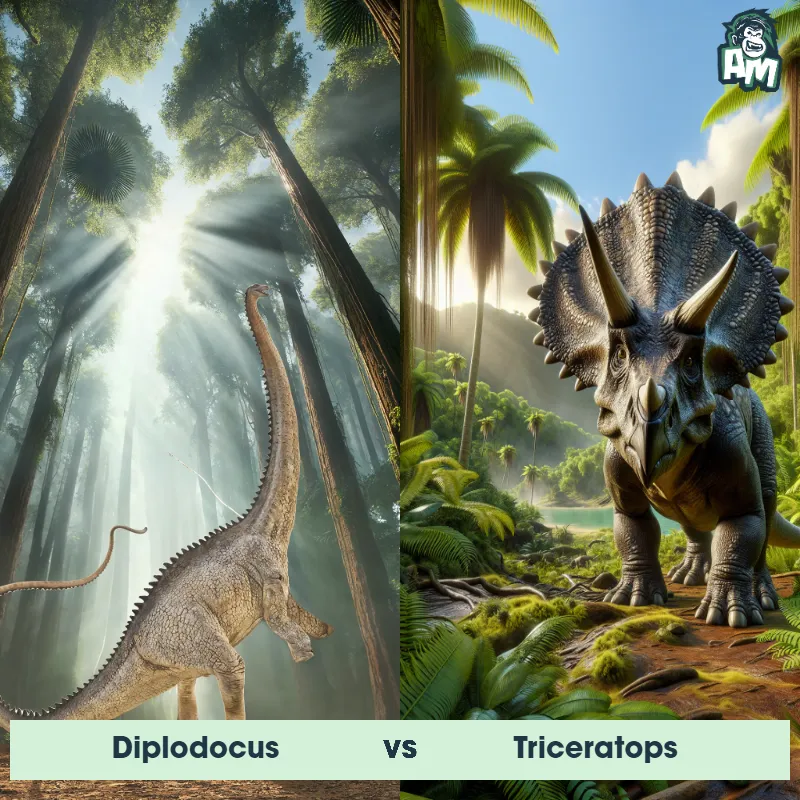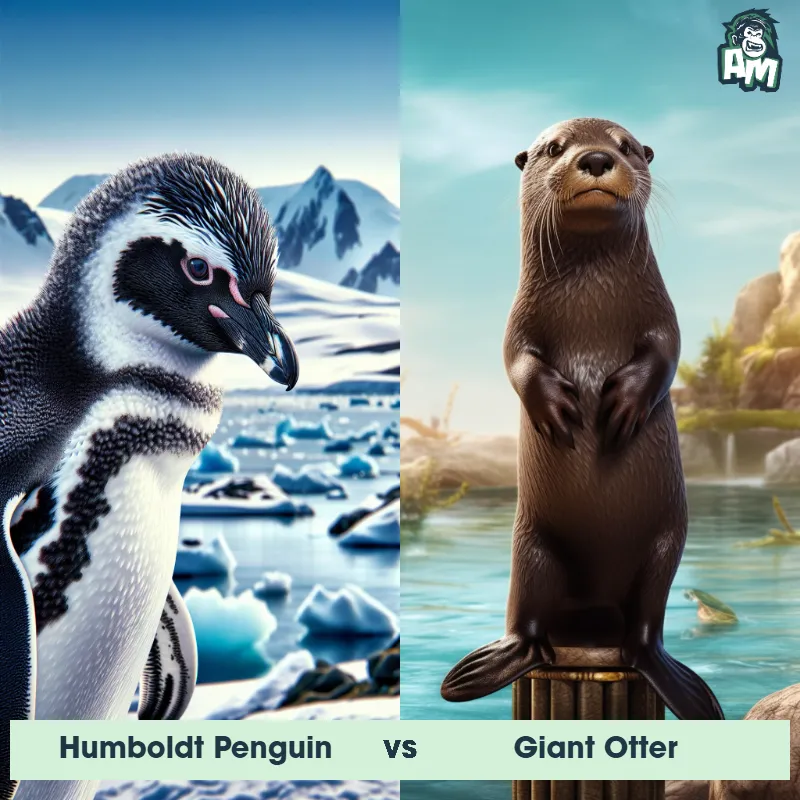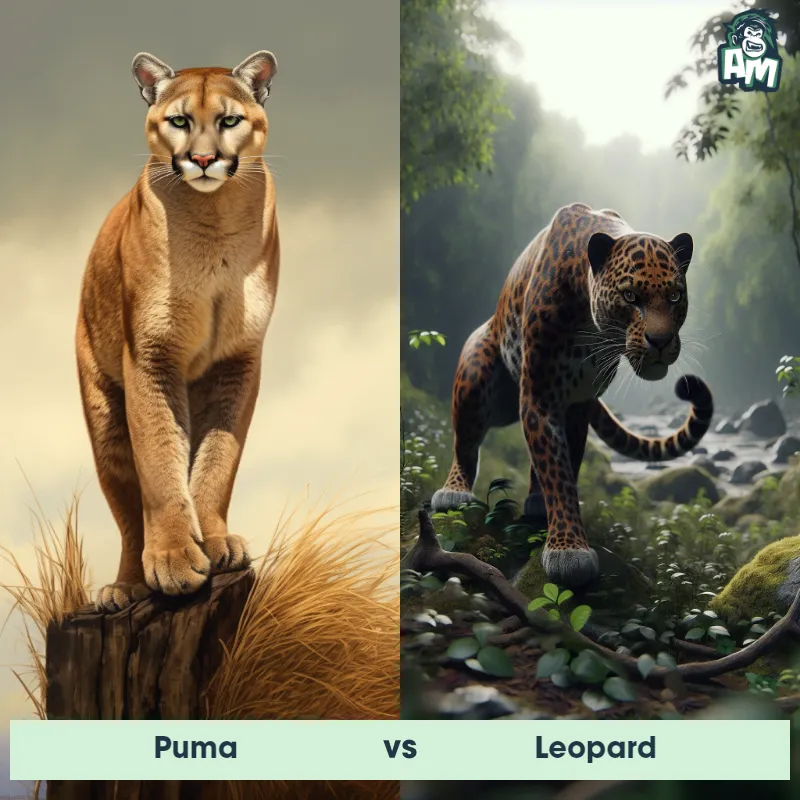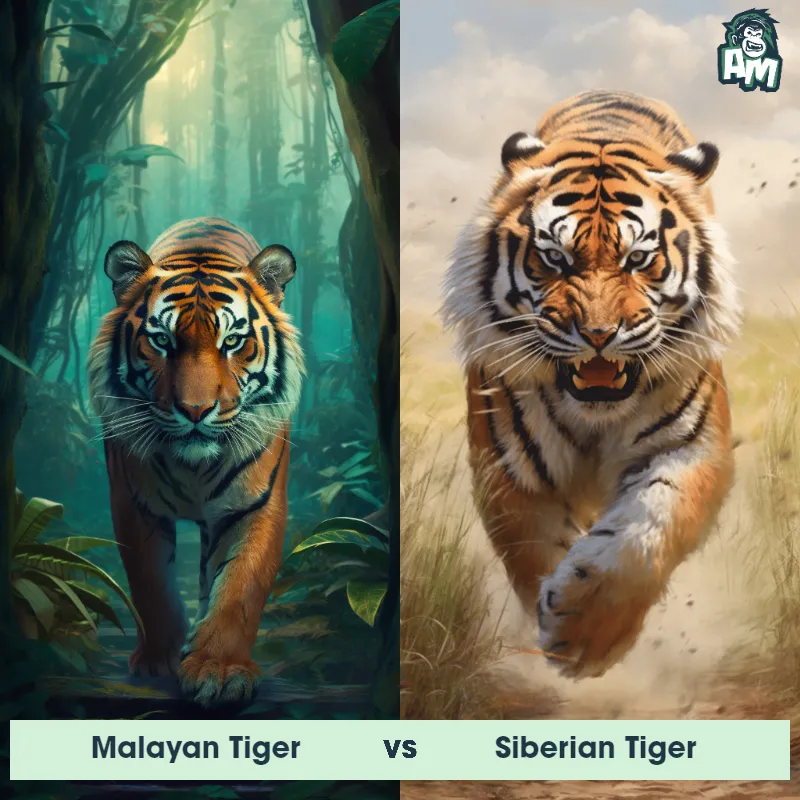Bobcat vs GroundhogSee Who Wins

Ladies and gentlemen, welcome to this thrilling matchup between a Bobcat and a Groundhog! We are in for an exciting display of animal agility and cunning here today. Both competitors are known for their unique skill sets, and this promises to be a fight for the ages. Let's dive right into the action and see how this battle unfolds!
Contender 1: Bobcat
The Bobcat, also known as Lynx rufus, is a medium-sized wild cat native to North America. They have short, reddish-brown fur with black spots and tufted ears. Bobcats are known for their distinctive short tails, which are only 5-6 inches long. They are solitary animals and are most active at dawn and dusk. Bobcats are skilled hunters and prey on small mammals, birds, and reptiles.
Fun Fact: Bobcats are excellent climbers and can easily scale trees to escape predators or hunt prey.
Contender 2: Groundhog
The Groundhog, also known as a woodchuck, is a rodent of substantial size known for its burrowing habits. Groundhogs possess a stout body, weighing up to 14 pounds and measuring up to 26 inches long. They have a grizzled, grayish-brown fur, short ears, a small tail, and sharp claws which are well-adapted for digging. The Groundhog's diet primarily consists of grasses, fruits, and vegetables, and they are often found in meadows, pastures, and along the edges of woodlands.
Fun Fact: Groundhogs are not only skilled diggers but also efficient swimmers and climbers, surprising traits for their seemingly clumsy build.
Matchup Stats
| Bobcat | Groundhog | |
|---|---|---|
| Size | 2-3 feet (0.6-0.9 meters) in length | Up to 26 inches long (66 cm) |
| Weight | 15-30 pounds (6.8-13.6 kilograms) | Up to 14 pounds (6.35 kg) |
| Speed | Speed: 30 mph (48 km/hr) | 12 mph (19 km/h) |
| Key Strength | Powerful legs and sharp claws | Sharp claws for digging and defense |
| Biggest Weakness | Small size compared to other predators | Stout body, not built for speed |
Current Votes
Bobcat vs Groundhog
See Who Wins
View More Matches
Looking For More?
Similar Matches
Scientific Stats
| Bobcat | Groundhog | |
|---|---|---|
| Scientific Name | Lynx rufus | Marmota monax |
| Family | Felidae | Sciuridae |
| Habitat | Forests, deserts, suburban areas | Meadows, pastures, and edges of woodlands |
| Geography | North America | North America |
| Diet | Small mammals, birds, reptiles | Grasses, fruits, and vegetables |
| Lifespan | 10 years - 15 years | 3 years - 6 years |
Key Differences between Bobcat and Groundhog
- Proportions: Bobcats have a more compact and muscular body with relatively shorter legs, allowing for better agility and climbing abilities, while Groundhogs have a stockier build with a heavier appearance and comparatively longer legs adapted for burrowing.
- Facial Features: Bobcats have prominent, tufted ears and distinct facial markings such as white patches on the cheeks and a black stripe behind each ear, while Groundhogs have rounder ears without tufts and lack any distinctive facial markings.
- Habitat: Bobcats are primarily found in forested areas, thickets, and shrublands across North America, while Groundhogs prefer open fields, meadows, and grassy areas, often near wooded edges, throughout eastern and central parts of North America.
- Size: The Bobcat is significantly larger than the Groundhog, with adult Bobcats reaching lengths of 2.3 to 3.5 feet and weighing between 11 to 30 pounds, whereas Groundhogs typically measure around 20 inches and weigh between 4 to 14 pounds.
- Tail: Bobcats have a relatively short and stubby tail, around 4 to 7 inches in length, with a black tip, whereas Groundhogs have a considerably longer and bushy tail, measuring around 6 to 10 inches, which is uniform in color with the rest of their fur.
- Coloration: Bobcats have a spotted coat pattern with shades of brown or gray, often with black streaks and a distinctive white underbelly, while Groundhogs have a solid, brownish-gray fur all over, lacking spots or patterns.



